news
What are the key technical points of a single screw barrel in food?packaging film production?
Key technical points for using a single screw barrel in food?packaging film production
1.Material Compatibility and Hygiene
Use food?grade alloy steel or stainless steel (e.g., 304, 316) that meets food?contact material certifications, ensuring no harmful metal ions are released during high?temperature plasticization.
2.Uniform Temperature Control
Implement multi?zone heating bands and precise temperature sensors to achieve even temperature distribution inside the barrel, preventing thickness variations or partially un?plasticized zones in the film.
3.Noise and Vibration Management
Employ vibration?damping supports and an optimized screw?to?barrel geometry to reduce operational noise, preventing film waviness or uneven stretching caused by excessive vibration.
4.Energy Efficiency and Production Throughput
The combination of efficient heat transfer and low friction design reduces heating power requirements while increasing melt conveyance speed, resulting in higher film output and lower unit energy consumption.
How to assess the service life and perform maintenance of a single screw barrel?
1.Regular Visual Inspection
Conduct monthly visual checks of the barrel’s inner wall, focusing on scratches, corrosion spots, or material buildup. Remove any foreign matter promptly to avoid secondary wear.
2.Wear Measurement and Hardness Testing
Use a calibrated thickness gauge to measure wall thickness and track wear rates. Perform hardness testing (e.g., Rockwell) on the surface; a hardness drop exceeding 10?% signals the need for replacement.
3.Cleaning and Anti?Corrosion Treatment
Clean the interior with dedicated degreasers and neutral cleaning agents, then apply a protective oil or rust inhibitor to the surface to prevent corrosion in humid environments.
4.Preventive Replacement and Maintenance Records
Establish a replacement schedule based on operating hours and wear data (e.g., replace every 2,000?hours). Maintain detailed maintenance logs documenting each inspection, cleaning, hardness test, and any repairs to enable traceability and continuous improvement of the maintenance program.



 English
English 中文簡體
中文簡體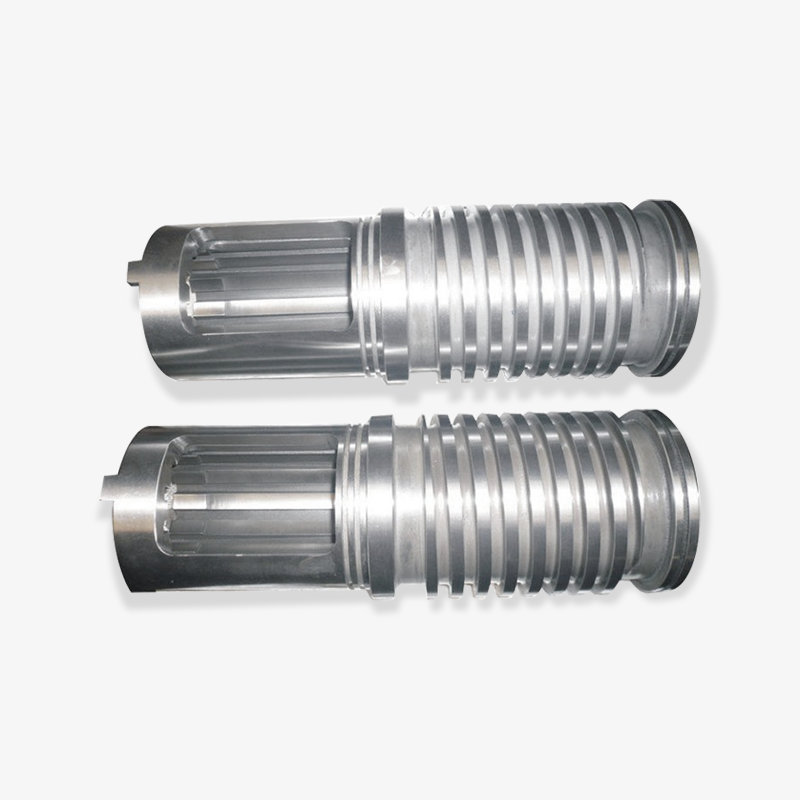
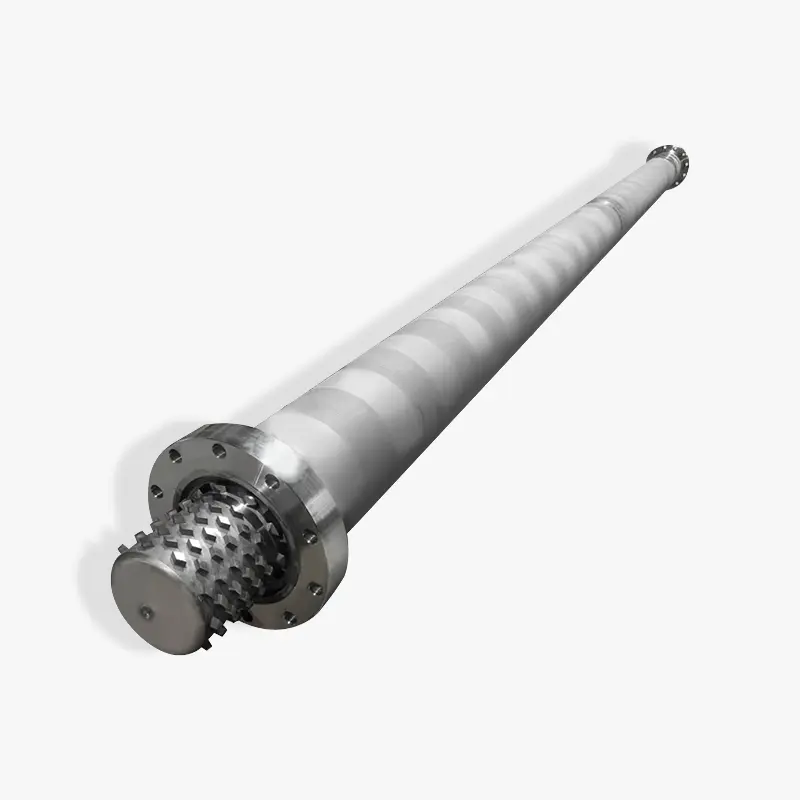

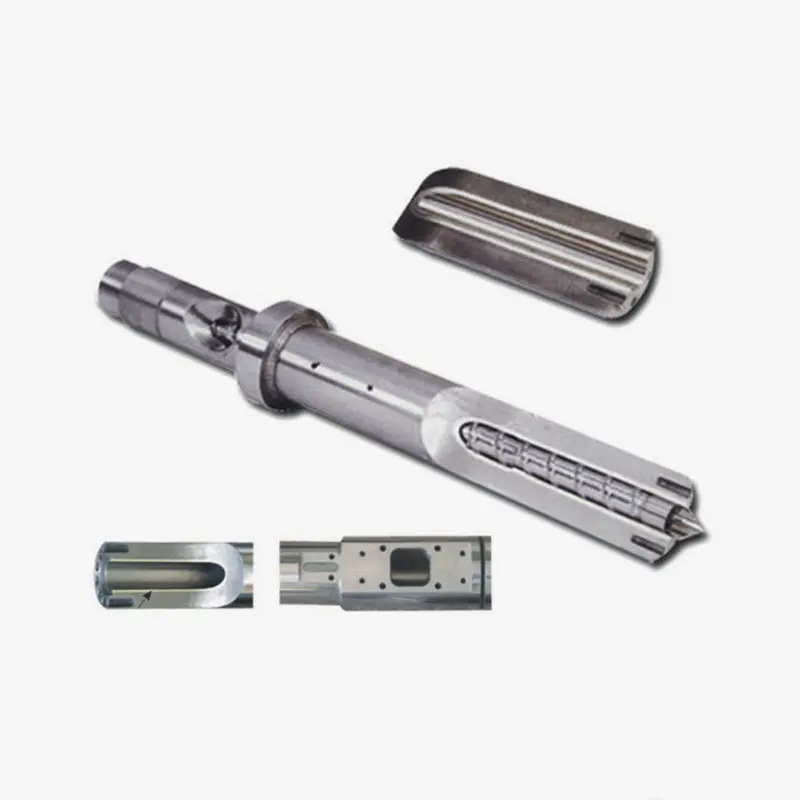
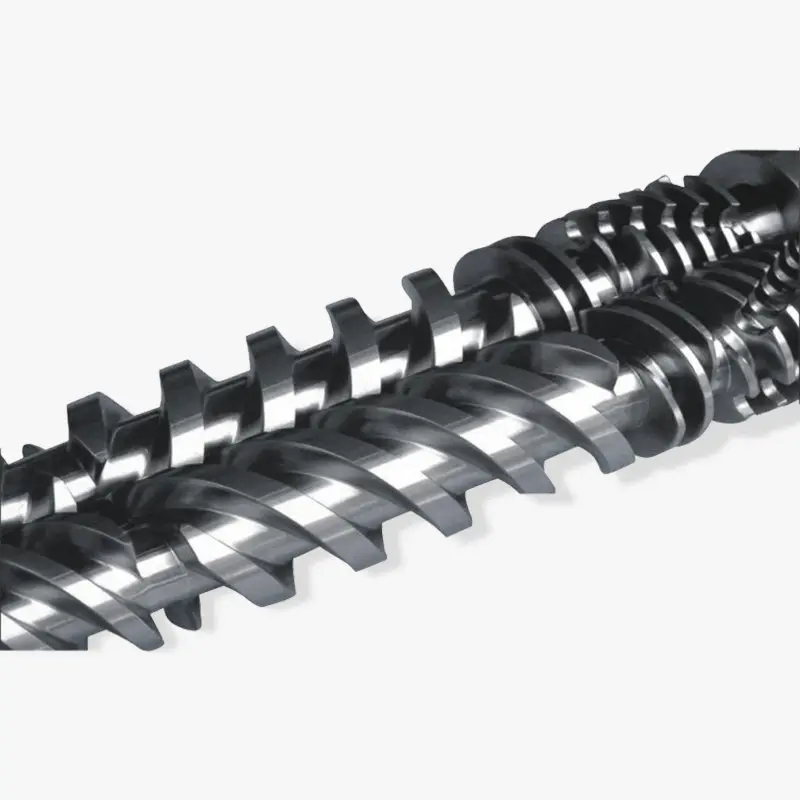
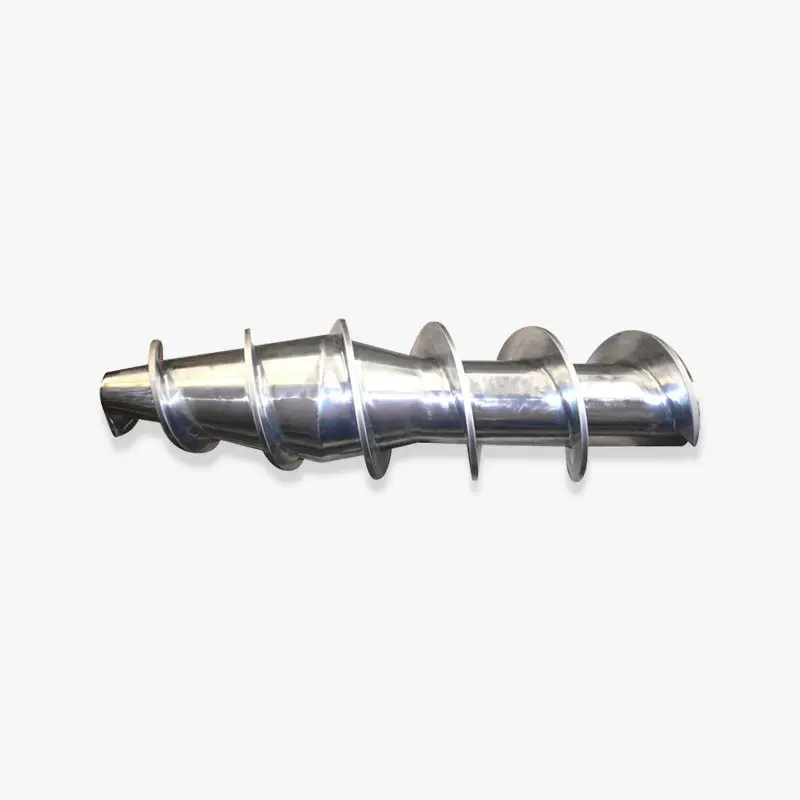
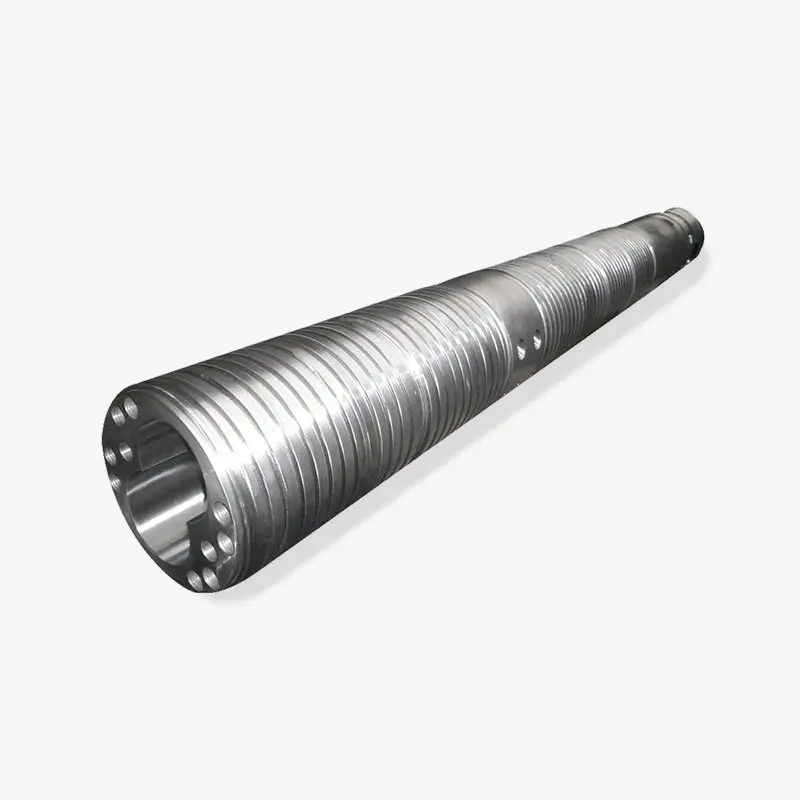

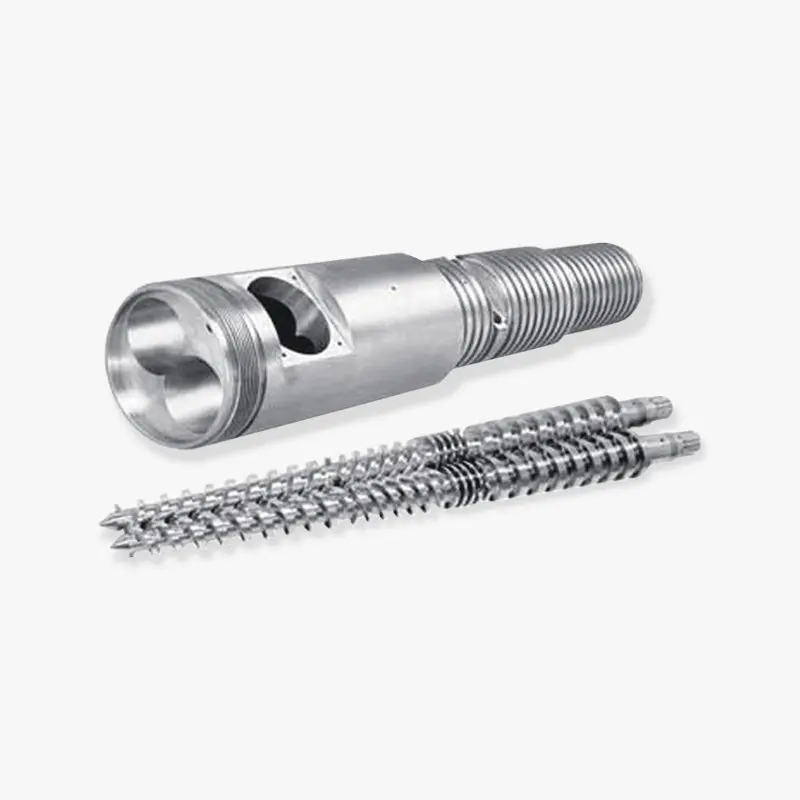


 浙公網(wǎng)安備33090202000520號
浙公網(wǎng)安備33090202000520號